|
The Irish on my mother’s side defined their community around St. Denis’s Catholic Church in North Whitefield, Maine, where James O’Reilly was one of more than a thousand Irish immigrants who settled there by 1832. The O’Reillys could be counted among those who left Ireland decades before the potato famine that pushed a million hungry refugees to the United States. In Maine, the Irish worked the land. (In the mid-1800s, they dropped the O before Reilly.) My mother is a Reilly and my father is already buried at St. Denis church, her name etched into his stone awaiting an end date. She feels most at home here. I don't know when James married Mary Kavanaugh, who was born in Ireland around 1817. Their first child was born when she was 22. Of significance in this story line, my great-grandfather, Matthew Reilly, her fifth son, was born in 1847 in a rambling farmhouse in North Whitefield, Maine, one of those ingenious buildings with an attached barn so you never have to venture into the cold to use the outhouse. After a rudimentary education, his two sisters worked as domestic servants while his father and three older brothers joined him to farm the rocky soil on their farm. By the time the Reilly brothers were in their late 30s, America was connected by a railroad and the lure of California glistened. By the late 1880s, the Reilly brothers and their families set off to find new opportunities out West. They joined some 200 men living in a logging camp, cutting and hauling trees to the lumber mill. James and Joseph prospered in the Navarro mill; James eventually became its superintendent but Matthew, the youngest of the boys, dropped his California dream and returned to Maine, taking his family with him. Family tradition claims that he left to care for his elderly mother after his father’s passing in 1891. Matthew, and his wife, Elizabeth Hickey Reilly, took portraits before they left California. A well-worn photo of my grandfather Maurice, wearing knickers and staring unflinchingly into the camera, was taken in Mendocino before they departed. As they traveled, my 8-year-old grandfather must have spent hours staring out the train window, mesmerized by the vastness of the west. Did the dry, flat monotony of the desert, lifeless and hot, animate what he had been taught of the horrors of hell? After witnessing the towering peaks of the Sierra Nevada mountains, could any peak in Maine ever slow him down? I can see the train chugging past Nebraska farmland, its fertility holding the promise of more. Once he returned to Maine, Maurice proved restless, always on the move, a consequence, perhaps of recognizing the vastness of the world on that cross-country trip. With his wife and five children, my great-grandfather Matthew resumed the farm life and blended back into the Irish Catholic parish. When a daughter entered the convent and emerged as Sister “Kate” Ignatius Loyola, it must have been a moment of pride. Sister Kate was my great-aunt. My grandfather, Maurice, was still studying in school when he turned 16 in 1900, He studied the popular Century Book of Facts and learned enough to get a teaching position in a neighboring community. My mother told me he walked nearly 20 miles from his home in Whitefield to Head Tide every week, renting a room in the village while he taught school. (Seventy years after Maurice taught in Head Tide, my mother, Catherine Reilly Peckenham, and her husband, Thomas Francis Peckenham, bought one of the oldest homes in the hamlet, Spring House.)
One of my grandfather's earliest jobs was as a clerk sorting mail on the train from Bangor to Boston. The work sounded romantic to me and only later did I learn about its dangers. Tossed around in old wooden postal railways cars, more than 50 clerks a year were killed or injured every year at the turn of the century. My grandfather survived. He lived in Gardiner, Maine, where he wooed and then married a cultured, educated woman. His family back in Whitefield must have been stunned by the news that he had married a Protestant Yankee, Mattie Belle Eldridge.
5 Comments
Cindy Reilly
7/6/2019 02:39:30 pm
Hello. James Reilly was my grandfather. My father inherited the ranch in Northern California and sold it when we were young. We spent every summer at Reilly Heights growing up. My cousin still lives there. I stumbled upon this and thought I might say' Hello."
Reply
Nancy Peckenham
7/10/2019 07:29:07 am
Hello Cindy. It's great to hear from you. I am currently living in Bangor Maine to be near my mother Catherine Reilly Peckenham who turns 102 in October. I once drove past Reilly Heights with my sister, who lives in Concord, CA. Looks like a beautiful place. I would love to get your email address so that we can connect more directly than through this website. My email is [email protected].
Reply
Ann Trainor Purdy
9/12/2019 11:17:31 am
Hello. My ancestors (Trainors and McNallys) settled in North Whitefield 1860's (approx.). I am looking for any info on why and when Irish settlers went there. How did they know to go there?
Reply
Nancy Peckenham
9/15/2019 09:05:17 am
Hi. I have done some research on St. Denis church and have a theory that the Irish moved to Whitefield from Newcastle, where St. Patrick's, the first Catholic Church in Maine, is located. I'd be happy to talk about this but need to review my files to refresh myself. I'm out of town until next Wednesday but feel free to call me after that at 917 282-8122 so we can connect. Regards, Nancy
Reply
Linda Owens
7/19/2022 05:25:11 pm
Hello Ann,
Reply
Leave a Reply. |
Names of My AncestorsPuritans & Servants Archives
February 2019
Categories |
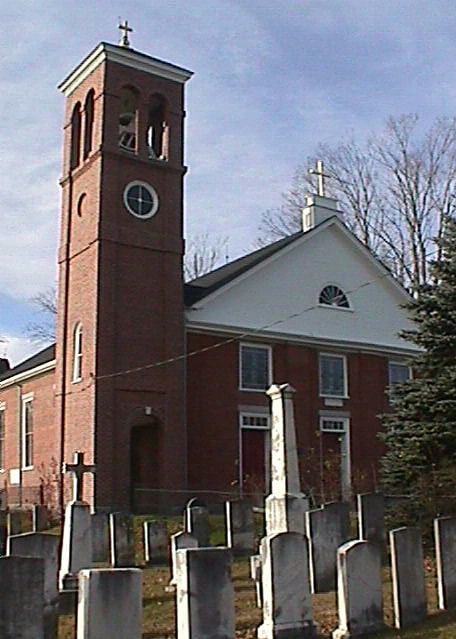
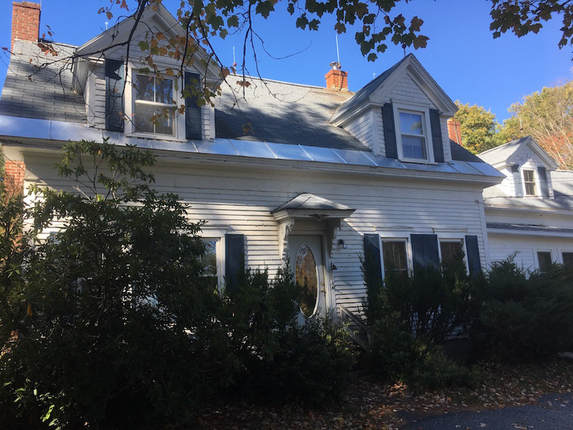
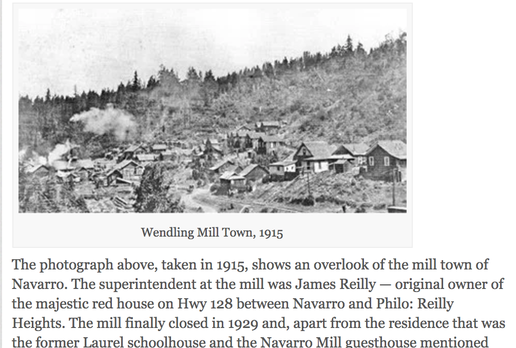
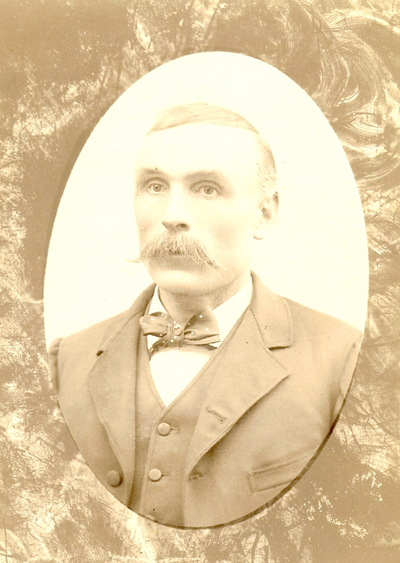
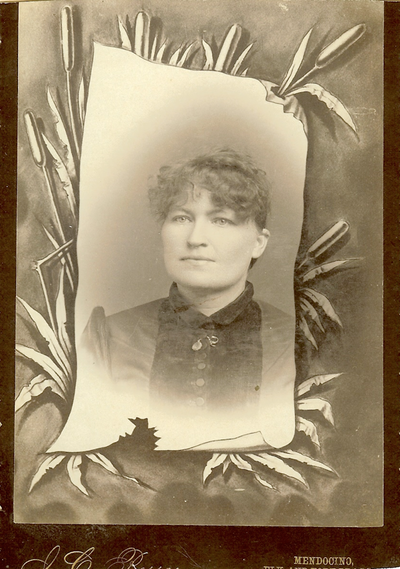
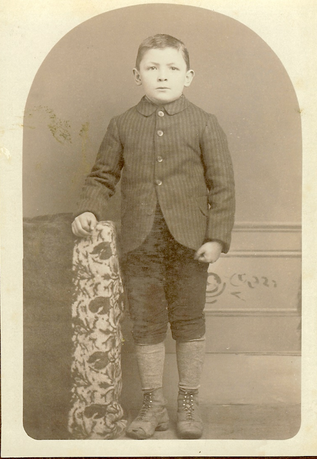
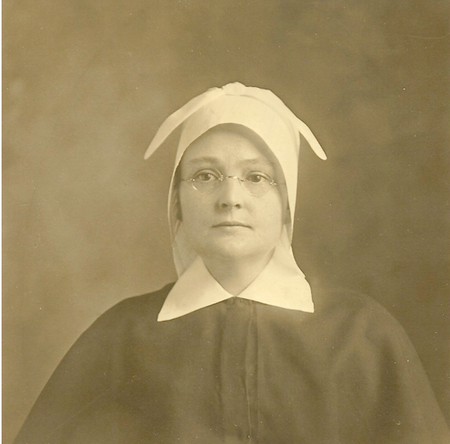
 RSS Feed
RSS Feed
